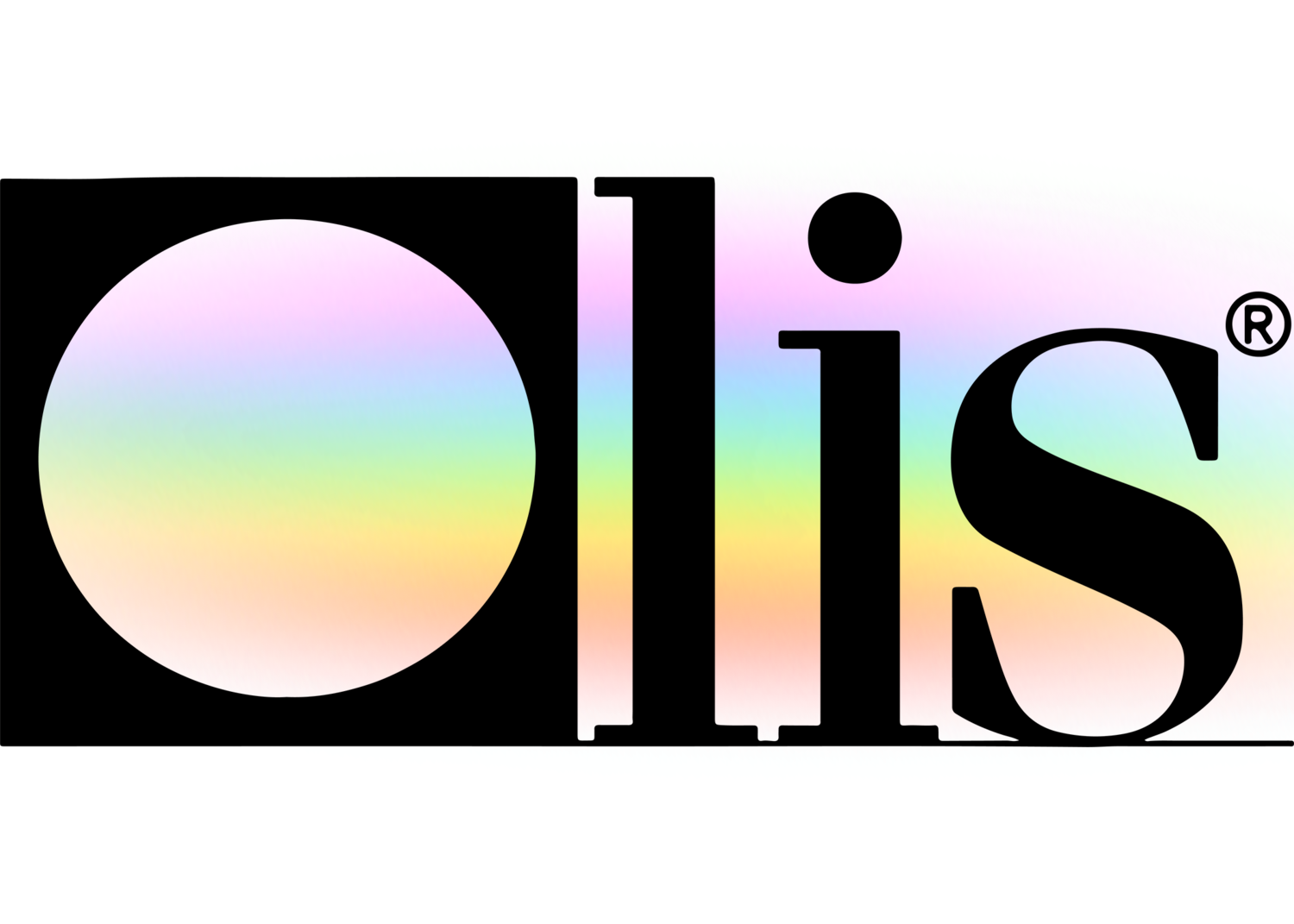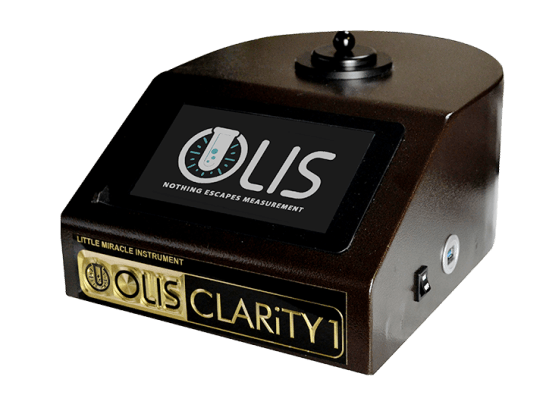Examine This Report on Spectrophotometers
Examine This Report on Spectrophotometers
Blog Article
Unknown Facts About Circularly Polarized Luminescence
Table of ContentsSpectrophotometers for BeginnersThe Basic Principles Of Circularly Polarized Luminescence The Only Guide for Spectrophotometers4 Simple Techniques For Circularly Polarized LuminescenceSome Known Incorrect Statements About Circular Dichroism Circularly Polarized Luminescence Fundamentals ExplainedFacts About Uv/vis UncoveredThe Ultimate Guide To Circular DichroismUnknown Facts About Uv/visNot known Incorrect Statements About Circularly Polarized Luminescence What Does Circular Dichroism Mean?The Buzz on Uv/vis/nirCircularly Polarized Luminescence - The Facts
It is then scanned through the sample and the recommendation services. Fractions of the occurrence wavelengths are transferred through, or reflected from, the sample and the recommendation. The resultant light strikes the photodetector device, which compares the relative strength of the two beams. Electronic circuits transform the relative currents into linear transmission portions and/or absorbance/concentration values.The transmission of a referral substance is set as a standard (datum) worth, so the transmission of all other substances are taped relative to the initial "zeroed" substance. The spectrophotometer then transforms the transmission ratio into 'absorbency', the concentration of specific elements of the test sample relative to the preliminary substance.
Given that samples in these applications are not readily available in big amounts, they are especially matched to being examined in this non-destructive strategy. In addition, valuable sample can be saved by utilizing a micro-volume platform where as low as 1u, L of sample is needed for complete analyses. A short explanation of the treatment of spectrophotometry includes comparing the absorbency of a blank sample that does not consist of a colored compound to a sample that consists of a colored substance.
Facts About Uv/vis Revealed
In biochemical experiments, a chemical and/or physical home is chosen and the procedure that is utilized is particular to that property in order to derive more details about the sample, such as the quantity, purity, enzyme activity, and so on. Spectrophotometry can be utilized for a number of strategies such as identifying optimal wavelength absorbance of samples, identifying optimum p, H for absorbance of samples, determining concentrations of unknown samples, and figuring out the p, Ka of various samples.: 21119 Spectrophotometry is also a valuable procedure for protein purification and can also be utilized as a method to produce optical assays of a substance.
It is possible to understand the concentrations of a 2 component mixture utilizing the absorption spectra of the standard solutions of each element. To do this, it is required to know the extinction coefficient of this mixture at two wave lengths and the extinction coefficients of services that consist of the recognized weights of the two components.

Rumored Buzz on Uv/vis
Area. The concentration of a protein can be approximated by measuring the OD at 280 nm due to the existence of tryptophan, tyrosine and phenylalanine.
This technique requires a spectrophotometer capable of measuring in the UV region with quartz cuvettes.: 135 Ultraviolet-visible (UV-vis) spectroscopy includes energy levels that thrill electronic shifts. Absorption of UV-vis light thrills molecules that are in ground-states to their excited-states.
20. 8 O.D. Ink manufacturers, printing business, textiles suppliers, and much more, need the data supplied through colorimetry. They take readings in the region of every 520 nanometers along the noticeable area, and produce a spectral reflectance curve or an information stream for alternative presentations. These curves can be used to test a new batch of colorant to examine if it makes a match to specifications, e.
Circularly Polarized Luminescence for Dummies
Standard visible area spectrophotometers can not identify if a colorant or the base material has fluorescence. This can make it difficult to handle color problems if for instance several of the printing inks is fluorescent. Where a colorant consists of fluorescence, a bi-spectral fluorescent spectrophotometer is utilized (https://www.abnewswire.com/companyname/olisclarity.com_129679.html#detail-tab). There are two major setups for visual spectrum spectrophotometers, d/8 (spherical) and 0/45.
Scientists use this instrument to measure the amount of compounds in a sample. If the compound is more concentrated more light will be taken in by the sample; within little ranges, the Beer, Lambert law holds and the absorbance in between samples differ with concentration linearly. When it comes to printing measurements two alternative settings are typically utilized- without/with uv filter to manage better the result of uv brighteners within the paper stock.
The Ultimate Guide To Circularly Polarized Luminescence
Some applications require small volume measurements which can be performed with micro-volume platforms. As explained in the applications area, spectrophotometry can be utilized in both qualitative and quantitative analysis of DNA, RNA, and proteins. Qualitative analysis can be used and spectrophotometers are used to tape-record spectra of substances by scanning broad wavelength regions to identify the absorbance homes (the strength of the color) of the compound at each wavelength.

The smart Trick of Uv/vis/nir That Nobody is Talking About
One significant factor is the type of photosensors that are readily available for different spectral areas, however infrared measurement is likewise difficult due to the fact that virtually everything emits IR as thermal radiation, specifically at wavelengths beyond about 5 m. Another issue is that rather a few materials such as glass and plastic absorb infrared, making it incompatible as an optical medium.
Samples for IR spectrophotometry may be smeared between 2 discs of potassium bromide or ground with potassium bromide and pushed into a pellet. Where aqueous options are to be measured, insoluble silver chloride is utilized to build the cell. Spectroradiometers, which run nearly like the visible region spectrophotometers, are developed to measure the spectral density of illuminants. Retrieved Dec 23, 2018. Essential Laboratory Approaches for Biochemistry and Biotechnology (2nd ed.). The vital guide to analytical chemistry.
Oke, J. B.; Gunn, J. E.
Excitement About Circularly Polarized Luminescence

1021/ac50048a728. ISSN0003-2700. Ninfa AJ, Ballou DP, Benore M (2015 ). Fundamental Laboratory Techniques for Biochemistry and Biotechnology (3, rev. ed.). Hoboken, NJ: Wiley & Sons. p. 77. ISBN9780470924525. OCLC915641828. "Totally Automatic Double Beam - Atomic Absorption Spectrophotometer (AA 8000)". Laboratory Equipment. Labindia Analytical Instruments Pvt. Ltd. "Spectrophotometry Applications and Basics".
Circular Dichroism for Beginners
"Applied Spectrophotometry: Analysis of a Biochemical Mix". Biochemistry and Molecular Biology Education. Journal of Biochemistry Education.
The Circular Dichroism Ideas
U.S. Department of Commerce National Bureau of Standards unique publication; 378. Washington, D.C.: U.S. National Bureau of Standards.
The procedure starts with a regulated source of light that lights up the analyzed sample. When it comes to reflection, as this light connects with the sample, some is absorbed or given off. The given off light journeys to the detector, which is analyzed, quantified, and presented as industry-standard color scales and indices.
Market governing bodies generally define specific metrics for specific products, such as Tomato and Coffee indices. The simplified mathematics looks like this: Where R is the reflection coefficient. All terms are evaluated over the visible spectrum from 400 to 700 nm. When it comes to transmission, when the light communicates with the sample, it is either taken in, reflected, or transferred.
Little Known Facts About Circular Dichroism.
Examples include APHA (American Public Health Association) for watercolor and pureness analysis, ASTM D1500 for petrochemical color analysis, edible oil indices used in food, and color analyses of beverages. All terms are examined over the visible spectrum from 400 to 700 nm.
Image Credit: Matej Kastelic/ Dr. Arnold J. Beckman and his colleagues at the National Technologies Laboratories initially created the spectrophotometer in 1940. In 1935 Beckman founded the company, and the discovery of the spectrophotometer was their most ground-breaking invention. Dr. Bruce Merrifield, a Nobel prize-winning biochemist, stated that the creation of the spectrophotometer was "most likely the most important instrument ever established towards the advancement of bioscience." Before the discovery of the spectrophotometer, chemical analyses took weeks to finish, with 25% accuracy.
The Best Strategy To Use For Circular Dichroism
99% precision. Over time, scientists kept improving the spectrophotometer style to improve its efficiency. The UV abilities of the design B spectrophotometer were enhanced by changing the glass prism with a quartz prism. Ultimately, the Design DU was created, containing a hydrogen lamp and other improvements. This instrument was used in commercial laboratories, clinics, and chemistry and biochemistry departments.
Typically, a spectrophotometer is made up of two instruments, namely, a spectrometer and a important source photometer. A fundamental spectrophotometer contains a light source, a monochromator, a collimator for straight light beam transmission, a cuvette to position a sample, and a photoelectric detector.
The Best Strategy To Use For Spectrophotometers
There are different kinds of spectrophotometers in various shapes and sizes, each with its own function or functionality. A spectrophotometer figures out how much light is shown by chemical elements. circular dichroism. It measures the distinction in light strength based on the total quantity of light introduced to a sample and the amount of beam that goes through the sample solution
Based on the instrument's design, the sample is positioned between the spectrometer and the photometer. After the light is passed through the sample, the photometer determines its strength and displays the reading. A spectrophotometer is utilized to identify the concentration of both colorless and colored solutes in an option. This instrument is utilized to determine the rate of a response.
Report this page